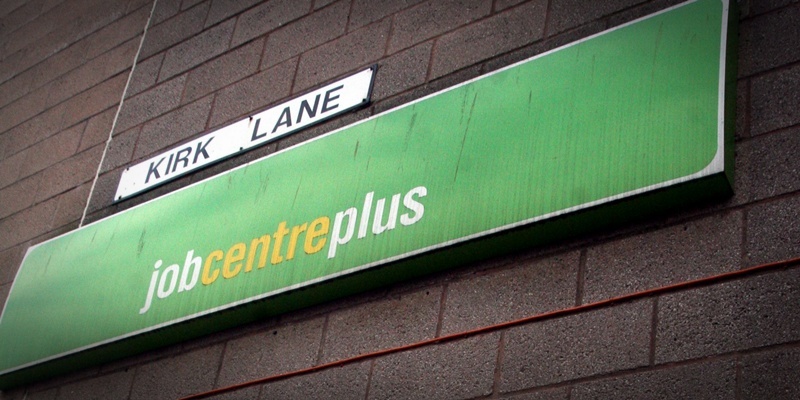Alex Salmond’s claim his government is leading the way in tackling joblessness has been left in tatters with figures showing unemployment in Scotland has surged ahead of the UK.
Official figures released on Wednesday showed that the unemployment rate is now 8.5% higher than the UK rate of 8.3% for the first time since the start of the year.
The jobless total which includes those out of work but not eligible for benefits increased by 25,000 to 229,000 over the period August to October.
At the same time the number of Scots in employment fell by 22,000 to 2,474,000.
In recent months the First Minister has claimed better unemployment rates in Scotland were explained by the different economic policies pursued by his administration compared to the UK Government.
At a press conference in September he christened his strategy ”Plan MacB” after a Scottish spring water manufacturer and urged Chancellor George Osborne to follow Scotland’s approach.
Responding to the latest figures, opposition leaders accused Mr Salmond of ”boastful complacency” that had allowed unemployment to deteriorate to ”crisis levels”.
However the SNP leader continued to blame Downing Street for the problem and called for a summit between Prime Minister David Cameron and the leaders of the UK’s three devolved parliaments.
He said the employment rate in Scotland is still slightly above the UK average at 71.1% compared to 70.3%.
The figures also showed a small fall in the number of people who are out of work and claiming benefits.
This decreased by 500 from October to 143,000 in November, although the total is up by 7,100 on 12 months ago.
Scottish Secretary Michael Moore described the figures as ”disappointing” and said the UK Government’s main priority is to return the country to ”sustainable and balanced growth”.
He added: ”This is not the time to introduce further uncertainty into our economy but for both the UK and Scottish governments to work together for the benefit of the people who are looking for long-lasting quality jobs.
”The intensifying euro-area crisis shows how important it is for the UK Government to stick to its plan. We took action at the autumn statement to ensure to build a stronger and more balanced economy.”
Scottish Liberal Democrat leader Willie Rennie attacked the SNP for the previous claims Scotland was ”outperforming” the rest of the UK because of the party’s economic approach.
He said: ”Those claims look hollow today. Their complacency has not helped the economy grow one single point.”
Labour finance spokesman Richard Baker said unemployment had reached ”disaster levels” and demanded an urgent change of strategy.
He added: ”For months SNP ministers have simply been in denial about bleak forecasts facing the Scottish economy. The SNP are happy to take credit when things go well, but must take responsibility when they are bad.”
